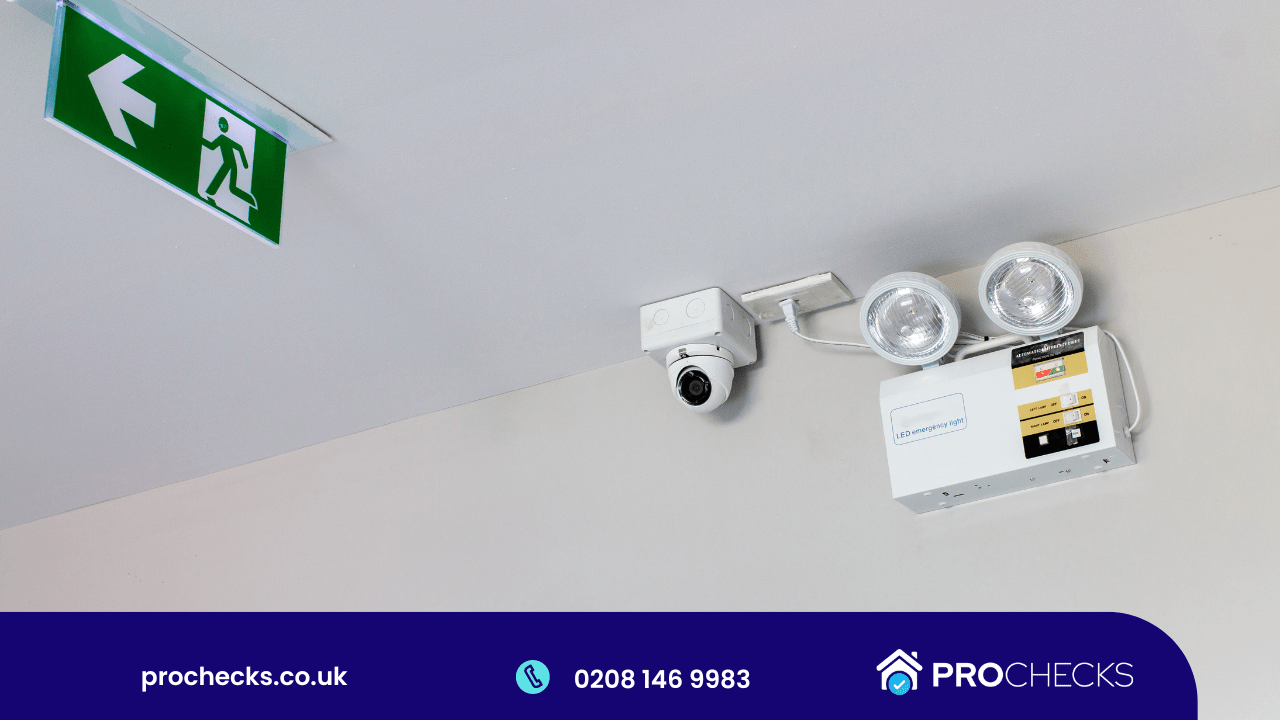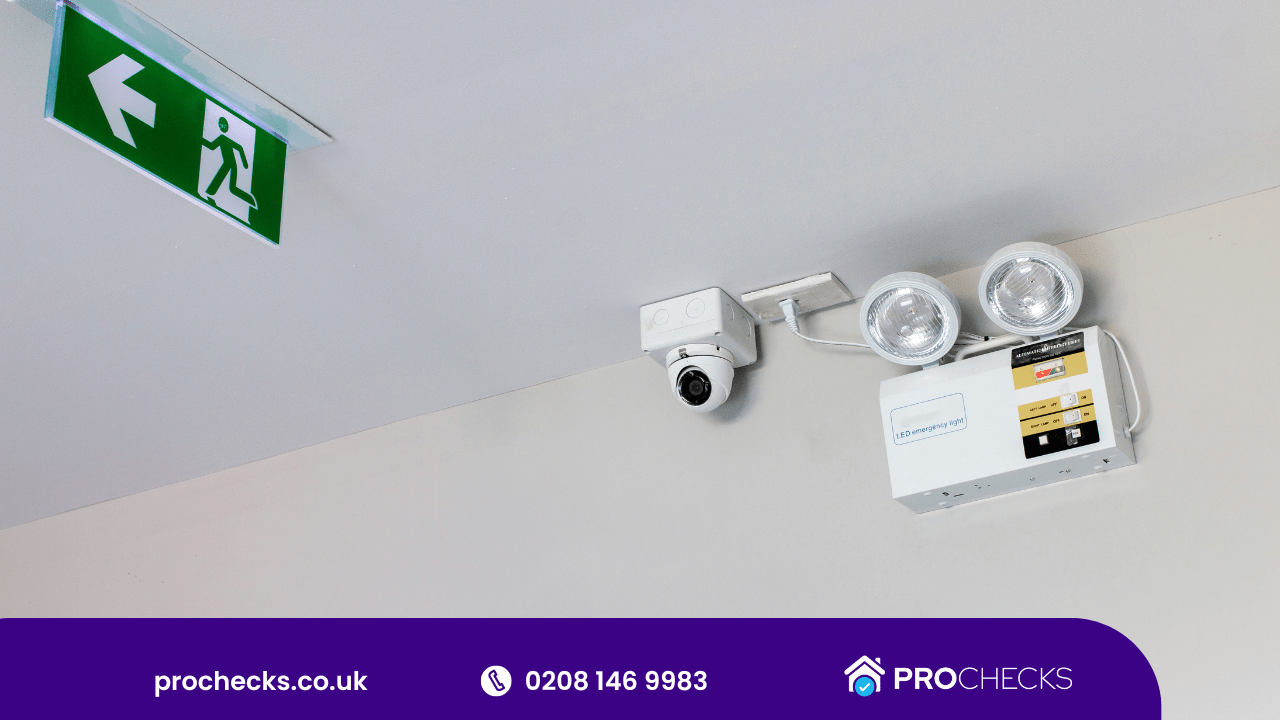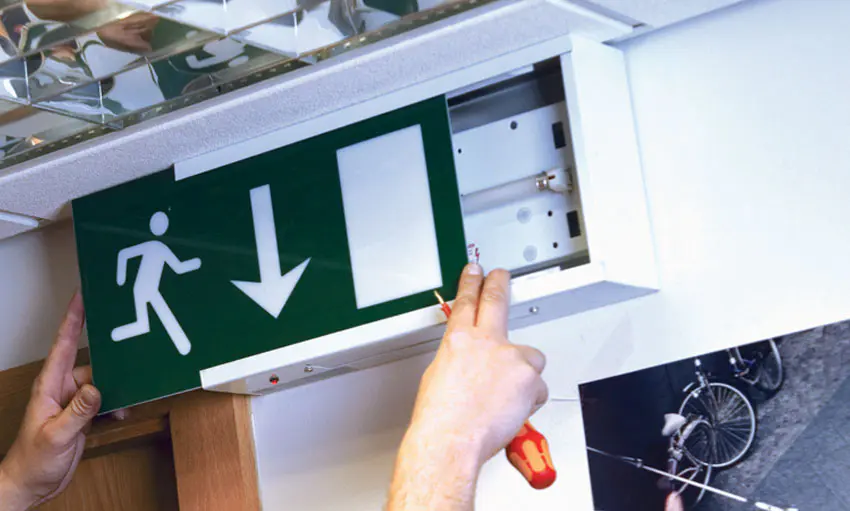Emergency lighting test standards play a pivotal role in ensuring the safety and compliance of building operations. As we navigate through the thickets of legal requirements and technical specifications, it becomes evident that understanding the nuances of NFPA 101, IEC 60598-2-22, among others, is not just necessary but imperative for maintaining operational integrity during unforeseen power outages. The intricacies of these regulations, which dictate the frequency and methodology of tests, are crucial for ensuring that emergency systems function effectively when needed most. However, what remains less discussed is the practical impact of these standards on day-to-day operations and the hidden challenges they pose for facility managers. Let’s understand Emergency Lighting Test Standards A Quick Guide.
Regulations Overview
Emergency lighting systems are subject to rigorous regulatory standards designed to ensure that these systems perform reliably in the event of a power outage or other emergencies.

These compliance guidelines are crafted to provide a framework that upholds safety and functionality across diverse environments. The guidelines stipulate that emergency lighting must be installed in all designated escape routes and high-risk areas to facilitate safe evacuation.
Moreover, the standards dictate the minimum levels of illumination and duration that the emergency lighting must sustain to be considered compliant. This includes a requirement for the systems to be fully operational for a minimum period—typically at least 90 minutes—following a power failure.
The regulations also specify that the lighting fixtures used must be tested for durability and resilience to environmental factors, ensuring they remain effective under varied conditions.
The maintenance of these systems is another critical aspect covered under the compliance guidelines. Regular checks are mandated to verify that all components of the emergency lighting system are functional and that the system as a whole can perform as expected during an emergency.
This involves routine inspections and testing by certified professionals to validate adherence to the established standards.
Legal Testing Requirements
How are emergency lighting systems legally tested to ensure compliance with standards? Ensuring the operational integrity and legal compliance of emergency lighting systems involves rigorous testing protocols that adhere to national and international safety standards. These tests validate the functionality and reliability of the emergency lighting system under various conditions to meet legal requirements.
Compliance strategies include scheduled inspections and periodic testing, which are crucial for maintaining safety standards. The table below outlines the key legal testing requirements:
| Requirement | Testing Frequency | Standard Referenced |
|---|---|---|
| Functional Test | Monthly | NFPA 101, IEC 60598-2-22 |
| Duration Test | Annually | NFPA 101, IEC 60598-2-22 |
| Full System Check | Every 3 years | BS 5266-1 |
| Visual Inspection | Bi-annually | OSHA Regulation 29 CFR 1910.36 |
Each of these tests serves a specific purpose, from ensuring that emergency lights illuminate properly during a power outage to verifying that the entire system functions as a cohesive whole during emergency scenarios. The testing frequencies and methods are often dictated by both the complexity of the emergency lighting system and the specific environments where they are installed. Employing a disciplined approach to compliance strategies not only adheres to legal standards but also ensures the safety and preparedness of the premises.
Types of Emergency Lighting
Understanding the types of emergency lighting available is fundamental to implementing a system that both complies with legal standards and meets the specific safety needs of a facility.

Emergency lighting is categorized primarily into escape route lighting, high-risk task area lighting, and standby lighting, each serving distinct functions and governed by rigorous regulations to ensure safety and efficacy during power outages or other emergencies.
Escape route lighting, a critical component, ensures that paths to exits are visible and safe to use, preventing panic and guiding occupants efficiently out of the building.
Innovations in this category focus on enhancing visibility and reliability, incorporating advanced LED technologies that offer longer lifespans and lower energy consumption compared to traditional solutions.
The high-risk task area lighting is designed to enable the safe shutdown of hazardous operations.
This type integrates robust, fail-safe mechanisms that activate instantly upon power failure, ensuring no interruption in illumination that could lead to accidents or injuries.
Standby lighting, while not always mandatory, provides non-essential illumination that facilitates continued occupation of a space, albeit at reduced levels.
This type is increasingly incorporating smart, energy-efficient technologies from recent lighting innovations, offering adjustable settings to balance luminosity and energy use effectively.
Testing Frequency
To ensure the continued reliability and effectiveness of emergency lighting systems, regulatory standards mandate regular testing at specified intervals. The frequency of these tests is crucial and is often defined by national safety standards and local building codes. Typically, emergency lighting systems must undergo monthly and annual tests.
The monthly test usually involves a short functional test lasting at least 30 seconds to verify that the lighting operates correctly and that the battery is functional. Annual testing is more comprehensive, requiring a full discharge of the battery to ensure a minimum operation period—generally 90 minutes—under simulated power failure conditions.
Testing frequency can vary based on the facility’s usage, occupancy level, and risk assessment outcomes. High-risk environments might necessitate more frequent testing to align with stringent safety expectations. Adjustments in testing frequency also consider the age and history of the emergency lighting equipment, as older systems may require more frequent checks to mitigate the risk of failure.
Professionals engaged in the implementation of these testing methods must be thoroughly versed in both the technical aspects of emergency lighting systems and the regulatory framework that governs their maintenance.
This dual expertise ensures that testing not only complies with legal requirements but also upholds the highest standards of safety and functionality.
Test Procedure
The test procedure for emergency lighting systems is meticulously defined to ensure compliance with both national and local safety regulations. These test protocols, essential for validating the functionality and reliability of emergency lighting, involve several critical steps.

Initially, a visual inspection is conducted to verify that all emergency lighting fixtures are intact, properly mounted, and free of obstructions. This is followed by a functionality test, which includes activating the emergency lighting system via its test switch to simulate a power failure.
During this simulation, it is crucial to monitor the response time of the lights, the illumination levels, and the duration for which the lights remain operational, ensuring they meet or exceed the stipulated minimum periods. The test protocols also require a detailed examination of battery condition and charger functionality to prevent failures during actual emergencies.
Each component’s performance data should be meticulously recorded and compared against established performance criteria to identify any deviations or degradation in performance.
After the initial manual tests, automated testing systems are often employed to conduct regular checks, reducing human error and ensuring continuous compliance. These systems are programmed to alert maintenance personnel of any anomalies, facilitating timely interventions.
Regular adherence to these rigorous test protocols safeguards the reliability of emergency lighting systems, ensuring they function optimally when most needed.
Risks of Non-Compliance
Failing to adhere to established emergency lighting test standards can lead to severe consequences, both legally and in terms of safety. Non-compliance not only jeopardizes the integrity of emergency response protocols but also exposes building owners and managers to significant legal liabilities. Regulatory bodies may impose fines, sanctions, or even suspend business operations until compliance is restored.
Furthermore, in the event of an emergency, improperly tested or malfunctioning emergency lighting can result in inadequate evacuation route visibility, increasing the risk of injury or fatality.
In a technical sense, compliance ensures that all emergency lighting systems perform optimally during power outages or other emergencies, providing illumination that is essential for safe egress. It demands rigorous adherence to specifications outlined in codes such as NFPA 101, the Life Safety Code, which specifies the minimum requirements for the installation and performance of emergency lights.
Non-compliance could lead to compromised system functionality, resulting in delayed or failed activation during critical moments. This failure not only heightens the risk of casualties during an emergency but also attracts compliance consequences including legal actions from affected parties, potentially culminating in costly settlements or damage reparations.
Ensuring strict compliance is thus indispensable, not only for legal adherence but for the safety and well-being of all occupants.
Conclusion
In conclusion, adhering to emergency lighting test standards is crucial for ensuring the functionality and reliability of emergency lighting systems. Compliance with regulatory frameworks such as NFPA 101 and IEC 60598-2-22 is essential to fulfill legal obligations and enhance safety during emergencies. Failure to meet these standards not only increases the risk to occupant safety but also exposes building owners to significant legal liabilities. Regular testing, therefore, remains a critical aspect of building management and safety protocols.









